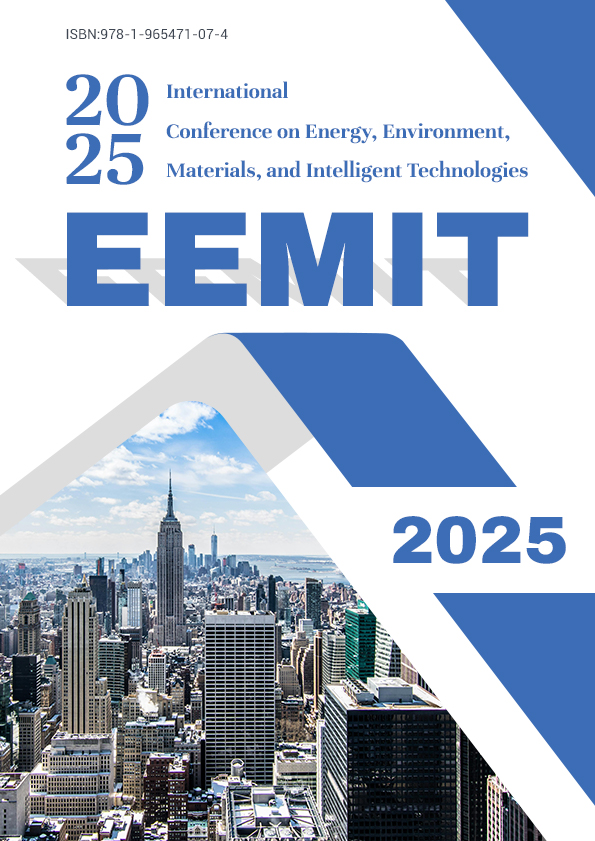Three-Dimensional Flow Field Simulation and Recoil Reduction Effect Analysis of Muzzle Brake with Convergent-Divergent Curved Side Holes

Authors:
Zhenqiang Liao, Ming Qiu, Zilong Deng, Wei Lv
Keywords:
Convergent-divergent; muzzle brake; dynamic mesh; three-dimensional flow field; braking force
Doi:
10.70114/acmsr.2025.4.1.P91
Abstract
Aiming at the problem of low recoil efficiency in the current muzzle brakes, based on the design scheme of the muzzle brake with U-shaped curved side holes, a muzzle brake with convergent-divergent curved side holes is designed. Taking a 30mm aircraft gun muzzle brake as an application case, and using the state of the internal bore gas flow when the projectile reaches the muzzle position as the initial condition, a computational method is adopted, where polyhedral meshes are used for the stationary region and hexahedral structured meshes are used for the moving region. Three-dimensional numerical simulation calculations are carried out for the convergent-divergent side hole muzzle brake with both the inlet convergent angle and the outlet divergent angle being 40°. And the flow field results are compared with those of the muzzle brake with U-shaped curved side holes. The calculation results show that the muzzle brake with convergent-divergent side holes also has the characteristics of smooth flow guiding and side wall pressure increasing. The convergent-divergent side hole muzzle brake is subjected to a higher recoil force, and by utilizing the change of the cross-sectional area of the throat on the basis of the muzzle brake with U-shaped curved side holes, the ejection speed of the propellant gas is increased. The average ejection speed of the propellant gas from the side holes is increased by 2.26%. The peak force on each convergent-divergent side hole is greater than that on each curved side hole, with an average increase of 7.1%. The maximum recoil force of the convergent-divergent side hole muzzle brake is increased by 11.3% compared with that of the muzzle brake with curved side holes, and the counter-recoil impulse is increased by 11.2%, showing a better counter-recoil effect.


